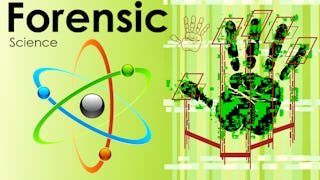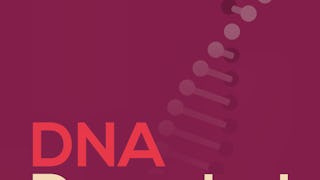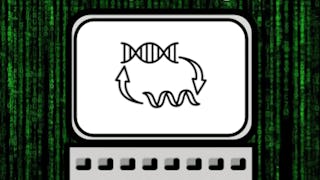With an introduction to both genetics and forensic science, this course will show you the role of DNA in criminal investigations.



Forensic Science: DNA Analysis
Access provided by NITDA
Recommended experience
Skills you'll gain
Details to know

Add to your LinkedIn profile
5 assignments
August 2025
See how employees at top companies are mastering in-demand skills

There are 5 modules in this course
The purpose of this module is to introduce learners to the basics of genetics and forensic science.
What's included
5 videos24 readings1 assignment3 discussion prompts
This module will show learners how DNA is located at a crime scene, how it can be collected and how it is extracted from the sample.
What's included
4 videos7 readings1 assignment1 discussion prompt
This module will show learners how to examine a DNA profile. One DNA profile will be used as an example, then learners will work their way through a second profile to demonstrate their understanding. We will also discuss the importance that is placed on DNA evidence by the public and during court cases. Many people feel that if the suspects DNA is found at a crime scene they must have committed the crime, but this may not be the case.
What's included
5 videos8 readings1 assignment1 discussion prompt
This module will introduce learners to other types of DNA which can be used to solve crimes. We will examine the use of mtDNA in identifying unknown remains, for example its role in the torso in the Themes case, and its use in identifying victims of the September 11th World Trade Centre attack. We will also look at the expanding field of plant DNA in forensic science. This has been used to like the suspect themselves or vehicles to crime scenes.
What's included
3 videos6 readings1 assignment4 discussion prompts
This module will examine the ethical issues relating to DNA profiles. In this module we will discuss the National DNA Database. We will look at the advantages and potential disadvantages associated with a National DNA Database, and discuss the prospect of a Universal DNA database. We will also look at using the DNA database for familial searches, this occurs when a DNA profile does not have a direct match with an individual, but the match is very close suggesting the suspect could be a family relation to the individual who it most closely matched on the DNA database. This module will also look at the future of DNA technology and how the field might advance in the future.
What's included
4 videos5 readings1 assignment3 discussion prompts
Instructor

Offered by
Why people choose Coursera for their career




Explore more from Health

Nanyang Technological University, Singapore

McMaster University

Fred Hutchinson Cancer Center

University of Lausanne

